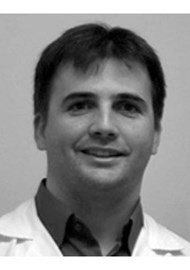This paper shows the results of a retrospective study on aetiology and treatment of one of the most common issues in rhinoplasty, alar retraction as defined by Jack Gunter’s classification system. The study was made using pre- and postoperative photographs of 45 rhinoplasty patients operated by a single surgeon, resulting in 63 nasal halves with alar retraction; all patients had a minimum of six months postoperative follow-up. Although alar retraction is mainly believed to be a surgical sequel, 53% of patients were primary cases. The manoeuvres to deal with the problem included reposition of cephalically oriented lateral crura, lateral crura strut grafts, rim grafts, composite grafts, batten grafts and lateral crura vertical division and overlay. An algorithm is presented in the paper where the position of the lateral crura and presence of an over projected nasal tip are first addressed and then height of retraction is measured in order to define the type of treatment. In cases with less than 1.5mm of retraction alar rim grafts are advised and when the retraction is bigger other grafts will be used, strongly recommending conchal skin cartilage composite grafts in major retractions. In patients without alar retraction where surgical manoeuvres are taken that will weaken the ala or induce a vertically oriented scarring process, prophylactic grafting of the ala is recommended too. The paper comprehensively analyses all the possible situations and the role of anatomy and previous surgical techniques on alar retraction based on a single surgeon database. Although the follow-up is excessively short in some patients with regard to a long-term sequel as this is, the insight of the study with the up-to-date treatment algorithm makes it a valuable document for nose surgeons.
Management of alar retraction
Reviewed by Eduardo Morera Serna
Alar retraction, etiology, treatment and prevention.
CONTRIBUTOR
Eduardo Morera Serna
Hospital Universitario Son Espases, Palma de Mallorca, Spain.
View Full Profile



